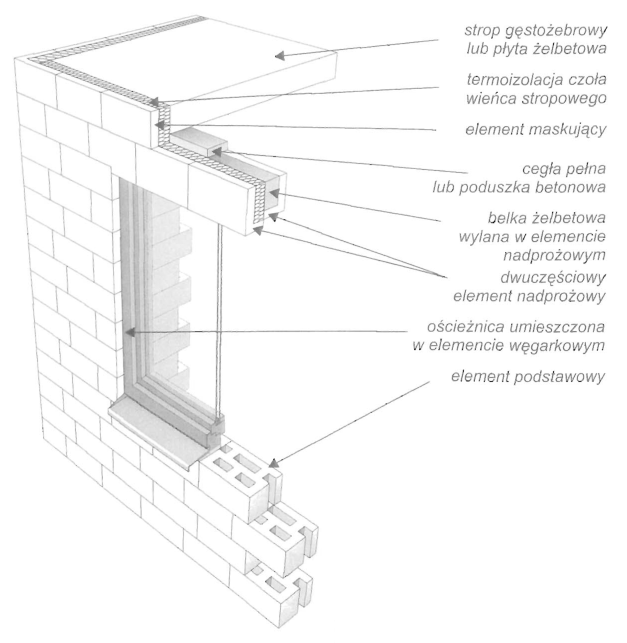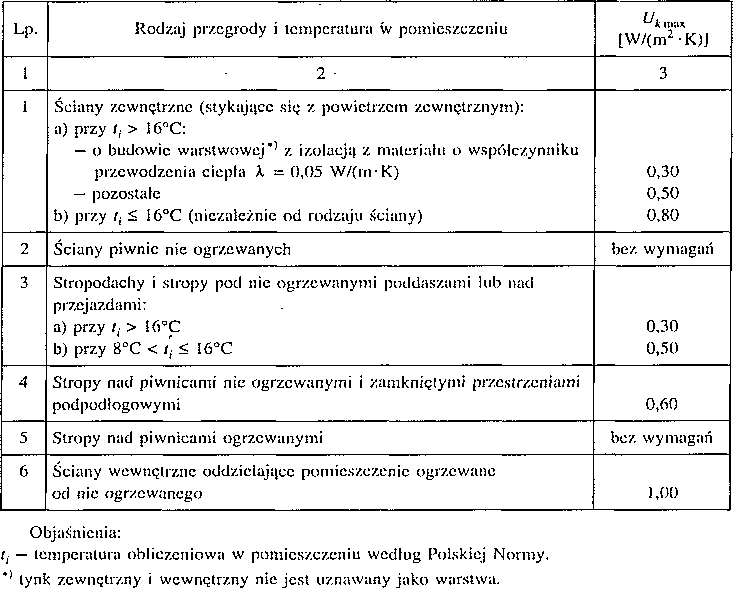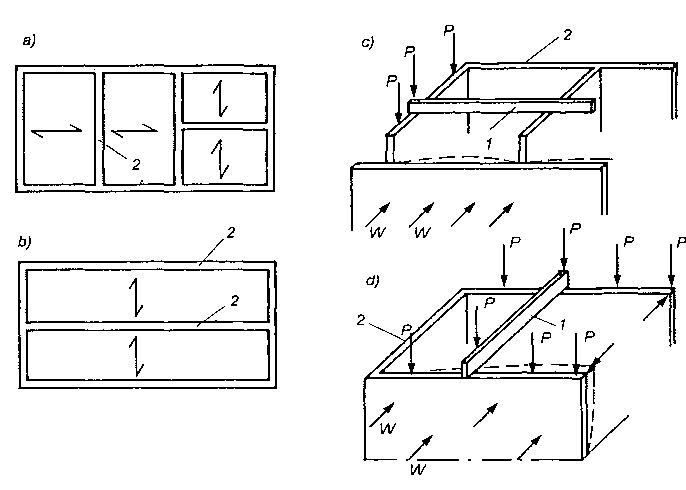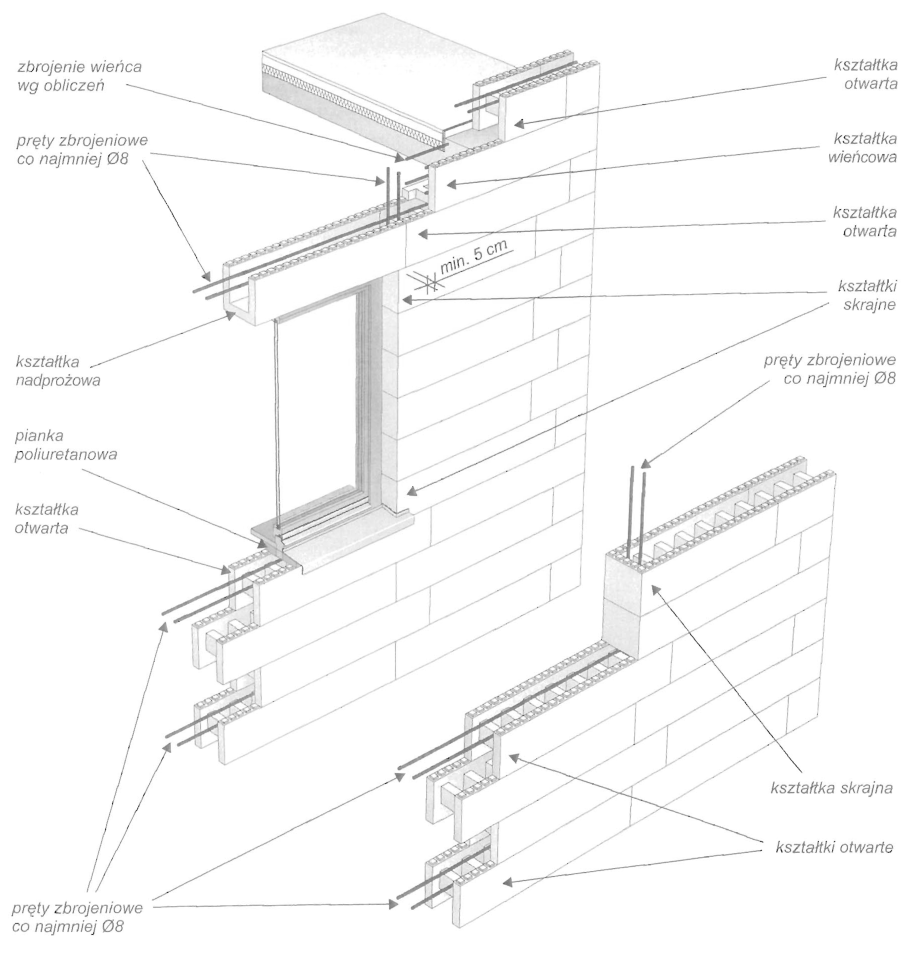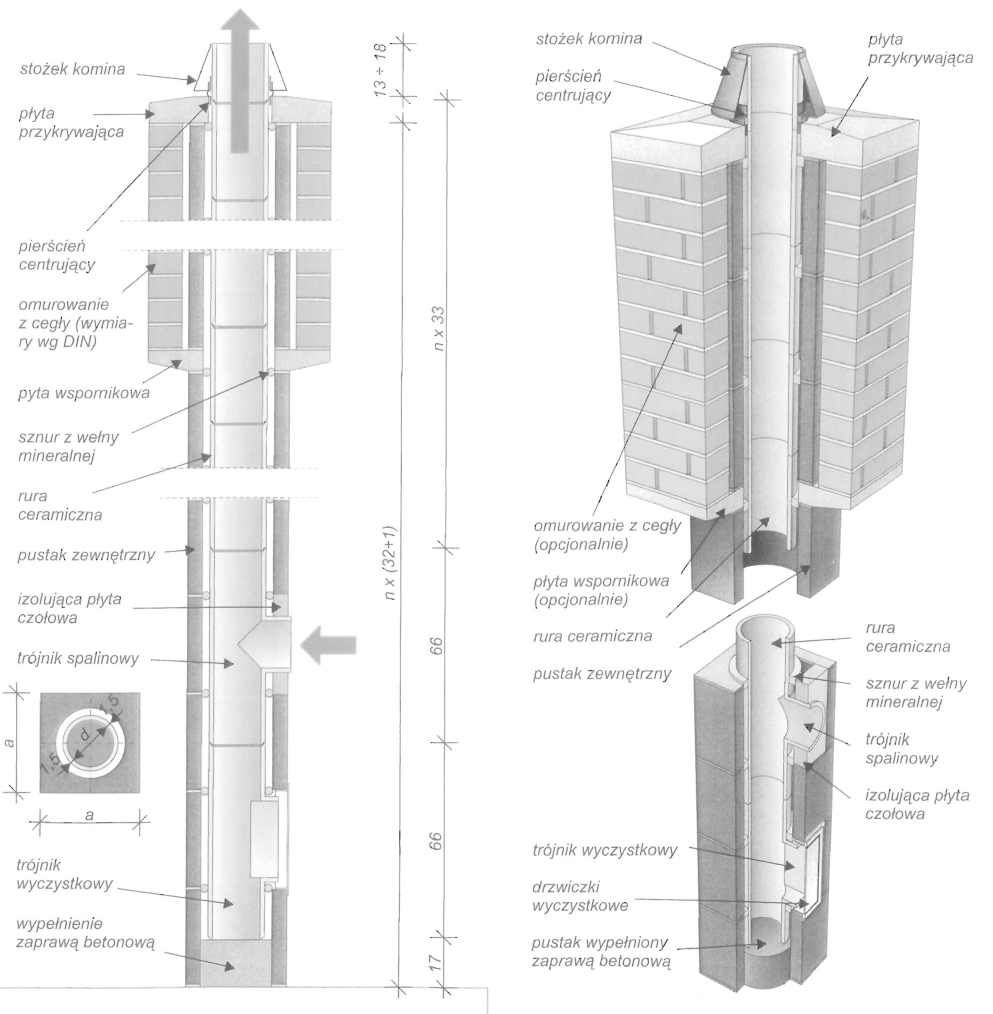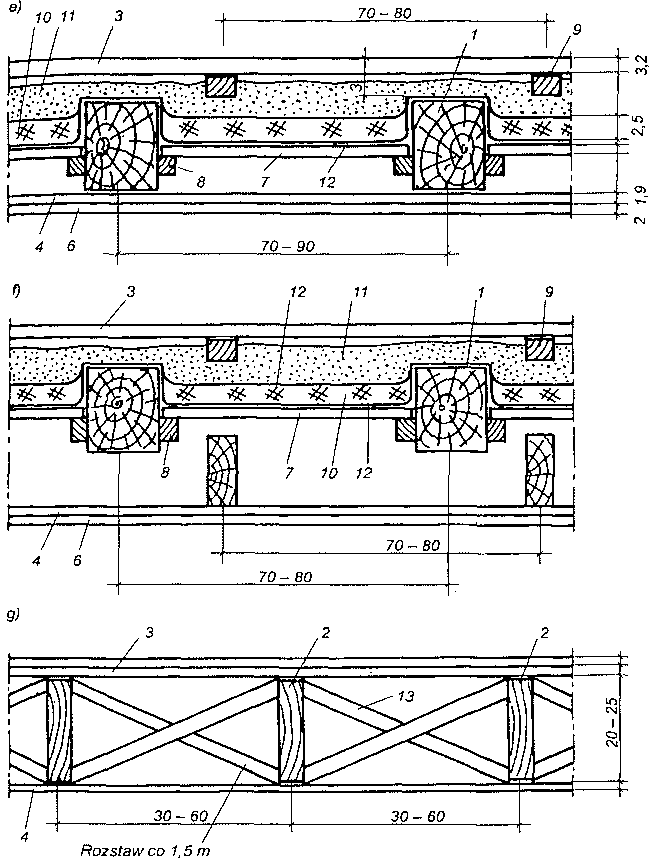Ograniczenia w stosowaniu systemów ściennych ze styropianu. Systemy ścienne ze styropianu mogą być stosowane do wznoszenia budynków do 25 m wysokości.
Współczynnik izolacyjności akustycznej dla ściany z kształtek styropianowych wynosi 45 dB i jest wystarczający dla budynków jednorodzinnych wolnostojących i szeregowych, o ile poziom hałasu nie przekracza 70 dB dla ściany z oknami i 65 dB dla ściany szczytowej. Dla ścian między mieszkaniami w budynkach wielorodzinnych i ścian między segmentowych w budynkach szeregowych, obowiązują wyższe wymagania; konieczne jest wówczas zastosowanie dodatkowej izolacji akustycznej.
Styropian jest mało odporny na działanie promieniowania UV (które może spowodować żółknięcie powierzchni i zwiększenie kruchości materiału), jego powierzchnia musi więc być odpowiednio zabezpieczona. Jest wrażliwy na działanie niektórych związków chemicznych: rozpuszczalników organicznych (aceton, rozcieńczalniki farb, terpentyna), amoniaku, węglowodorów nasyconych (alkohol), benzyny, olejów, nafty i produktów ropopochodnych (smoła) – w środowisku narażonym na działanie tych czynników nie należy budować ścian ze styropianu. Materiały budowlane, takie jak cement, wapno, gips, nie mają szkodliwego wpływu na styropian.
Wentylacja – Najwięcej obaw budzi szczelność domów ze styropianu, ponieważ styropian tylko minimalnie przepuszcza parę wodną i ściany nie oddychają. Z tego powodu budynki wykonane w systemie kształtek ze styropianu wymagają zapewnienia sprawnej wentylacji nawiewno-wywiewnej, szczególnie w łazienkach i w kuchniach. Dobrym rozwiązaniem jest wykonanie w każdym pomieszczeniu osobnego kanału wentylacyjnego, a w oknach zamontowanie nawiewników. Skuteczniejszym, choć droższym rozwiązaniem, jest wentylacja mechaniczna z odzyskiem ciepła.

